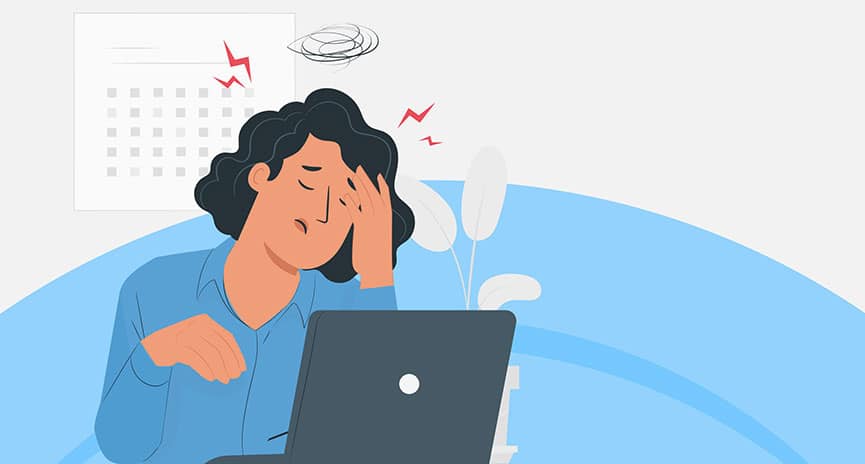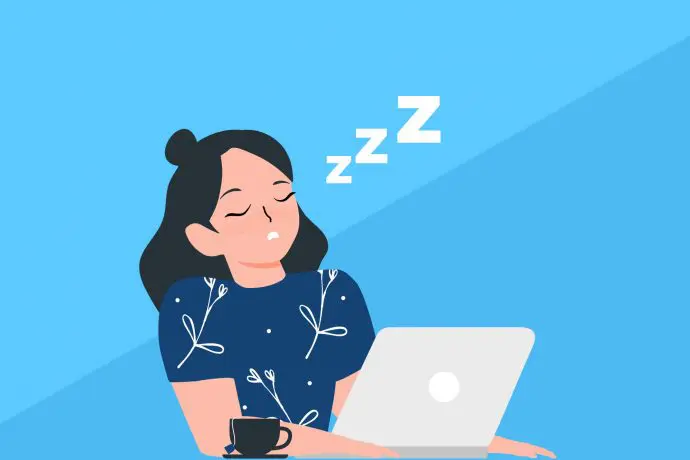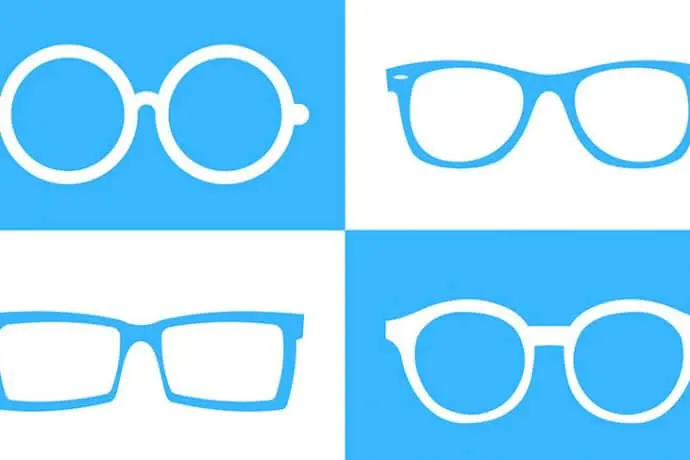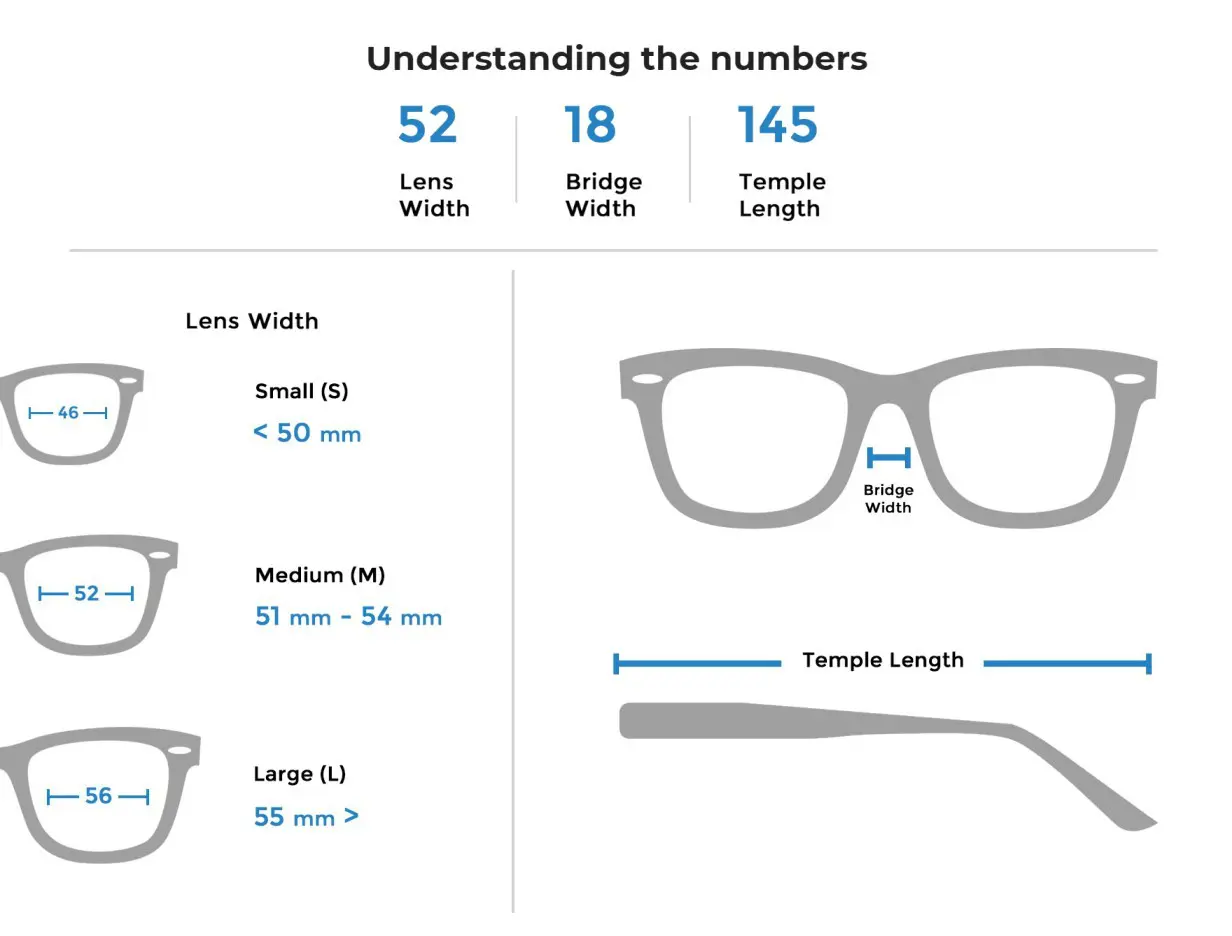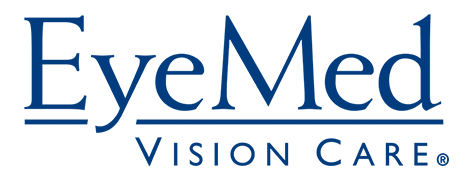Do Blue Light Glasses Help With Headaches?
Real talk – you were getting plenty of blue light even before this new digital life.
Most of the blue light comes from the sun. However, devices like television, smartphones, laptops, and tablets that you use daily emit the brighter, shorter wavelength light – the blue light.
Now, because of the pandemic, you’re using those devices even more.
According to the WebMD, Vision Direct conducted a study among 2,000 adults in the USand 2,000 in the UK. The study found adults on average spent 4 hours and 54 minutes on laptops before the lockdown. After introducing the lockdown, this time span increased to 5 hours and 10 minutes.
Moreover, the study showed that adults spent around 4 hours and 33 minutes on smartphones before the lockdown. During the lockdown, the time extended to 5 hours and 2 minutes.
Screen time that included watching television and gaming grew as well.
Harmful Effects of Too Much Screen Time
With an increase of time spent in front of a digital screen, adverse effects are rising. People who spend numerous hours in front of digital screens reported the following issues:
- Eye strain and vision impairment
- Sleep troubles (hard time falling asleep and sleep deprivation)
- Cybersickness (headaches, nausea, vertigo)
- Attention issues
- Stiff neck and shoulders
For example, people describe cyber-sickness as feeling “off” after extended phone scrolling or computer usage. People report experiencing feelings similar to motion sickness, nausea, and dizziness.
Dr. Briar Sexton, a neuro-ophthalmologist from Vancouver, claims: “Motion sickness happens because of a mismatch between the information being received and processed by the eyes, inner ear, and brain.” Digital motion sickness occurs because your eyes recognize movement, such as rapidly scrolling on a screen, but your body is stationary.
Additionally, research conducted by the US National Library of Medicine concluded that increased screen-time in pre-school is associated with severe attention problems. Increased screen-time may be associated with unhealthy dietary patterns, low sleep quality, cardiovascular disease, and sometimes obesity in children.
But, what about headaches?
Blue Light Glasses and Headaches
When it comes to headaches, multiple doctors claim that blue light is not the cause of headaches. Unlike ultraviolet light, there is insufficient evidence that blue light can physically harm the eyes’ structures, cells, or physiology.
The cause for headaches lies in reflexive tightness in the orbicularis muscle (the muscle that closes the eye). This is a common cause of eye strain and may lead to headaches. The issue is usually not connected to the blue light exposure, but has to do with the overuse of digital screens.
Although blue light glasses might not help with headaches, there are other simple solutions to help with eye strain and headaches while spending time on digital devices:
- The 20-20-20 rule: Every 20 minutes, look 20 feet away for 20 seconds. Take breaks from continuous screen time, and consider keeping eye drops close to your workspace to refresh & lubricate your eyes when they become dry.
- Enhance your environment: Optimize the air and lighting in your room. Very dry spaces or an area where the A/C or heater is blowing on your face can cause moisture evaporation in your eyes – leading to dryness and eye strain.
- Check the lights: Working in bright fluorescent light or an environment with reflected light around the workspace will increase eye strain, especially with people who may be predisposed to migraines.
If you already have blue light glasses, there’s no need to worry. They are not a miracle cure for headaches, but there are areas where blue light blocking glasses may help you.
Blue Light Glasses and Sleep
There is evidence that claims exposure to blue light can impact your circadian rhythm and sleep patterns.
Your circadian clock, which regulates sleep and wake times, is most sensitive to the blue light about two hours before bedtime and an hour after we typically wake up. Scrolling through your phone in bed could be the culprit for your inadequate sleep. The blue wavelength of light is stronger than other wavelengths in suppressing melatonin’s secretion, an essential hormone for sleep regulation. That’s why people who have difficulty falling and remaining asleep may consider blue light blocking glasses, particularly during screen time in evening hours.
Researchers agree that blue light from digital devices, such as your smartphone or laptop, holds back the brain’s production of the sleep-inducing hormone – melatonin.
A 2017 study conducted by the University of Houston discovered that participants wearing blue light blocking glasses showed a 58% increase in their melatonin levels at night.
By using blue light blocking glasses, you can improve sleep and continue to use digital devices. Meaning, you can still be productive when working at night.
Experiences of People Who Wear Blue Light Glasses
One user of blue light glasses claims:
“I use them so often that I have a pair of blue light glasses around my neck all day,” one user declared in 2019. “I’m not an optometrist. I know that my eyes don’t get as tired at the end of the day. My frequency of headaches has gone down. I’m able to focus on things easier on a screen.“
Another user of bluwinx blue light glasses claims:
“Between work, reading, writing, social media, news, and streaming services, I get A LOT of screen time. I also suffer from terrible migraines— and while it’s not the only trigger, screen time certainly doesn’t help.
I noticed a difference with my bluwinx glasses after the first day. My eyes (and head, for that matter) felt more relaxed, less strained, and less drained at the end of the day. They’re the first thing I reach for now before getting in front of any screen.“
To Conclude:
Even though blue light glasses won’t prevent headaches directly, they may help improve your sleep — and sufficient sleep may make headaches less frequent.
Our team at bluwinx believes that you have the right to a good night’s sleep. That’s why we offer fashionable frames with bwgf Lens technology that provides unsurpassed protection against harmful blue-violet light.
You can order your bluwinx blue light blockers in non-prescription, prescription, or readers.
If you are interested in learning more about blue light, visit our blog, and read more about blue light and sleep-related topics.
If you have any additional questions, don’t hesitate to reach out – email us at help@bluwinx.com!

